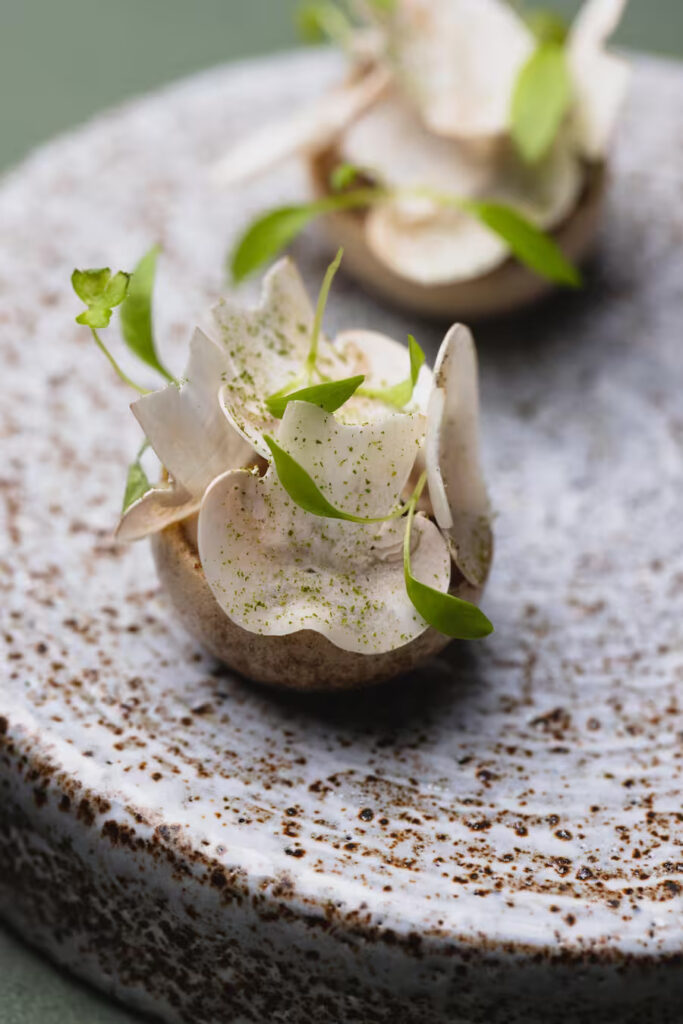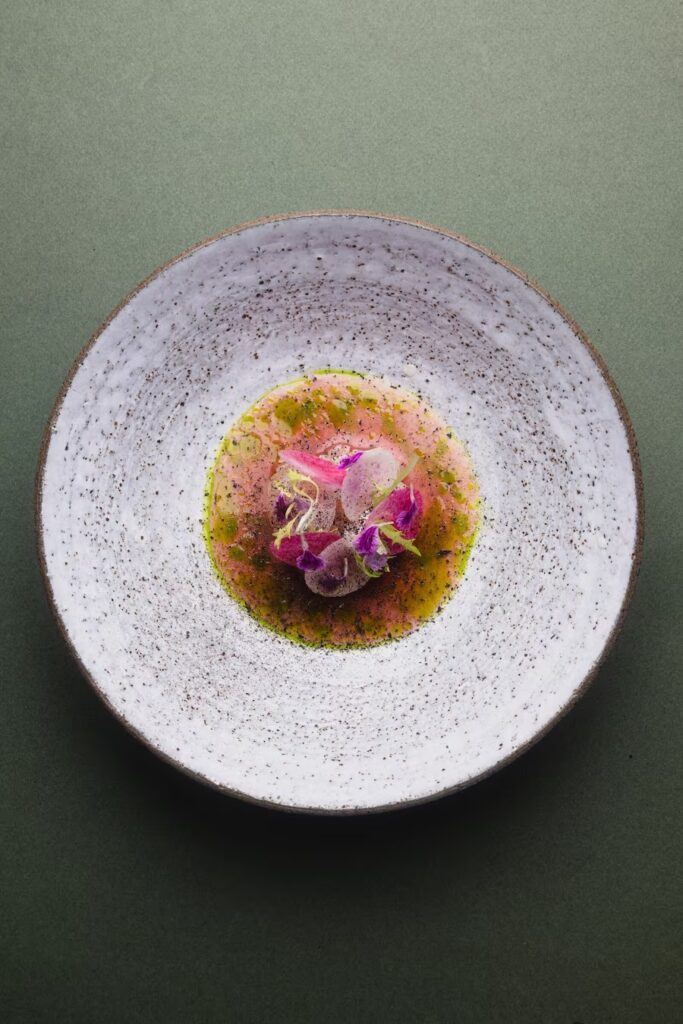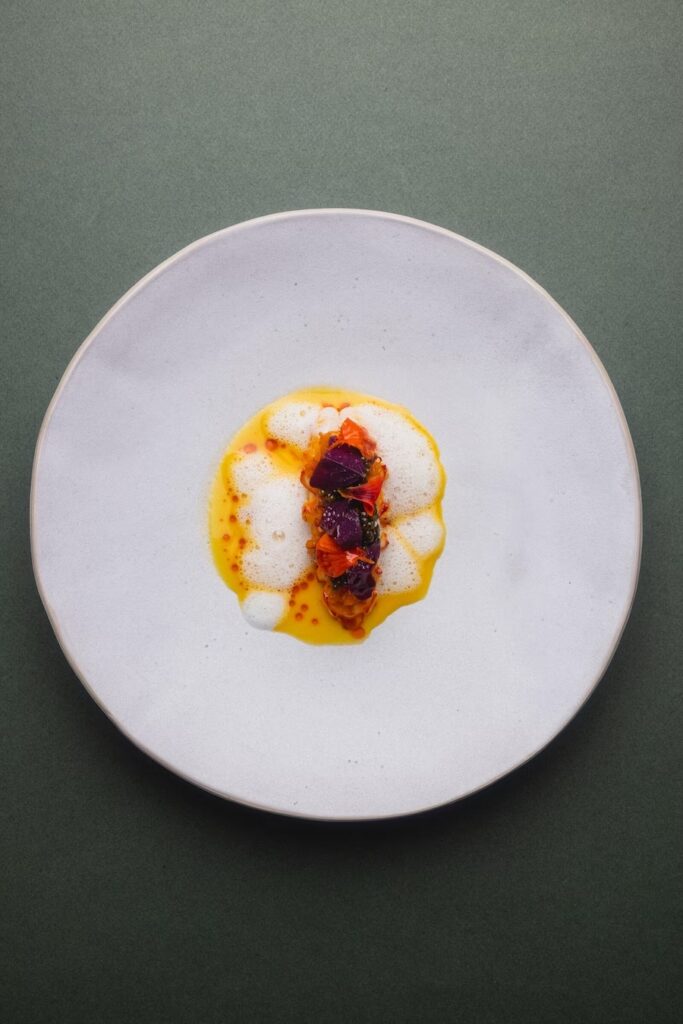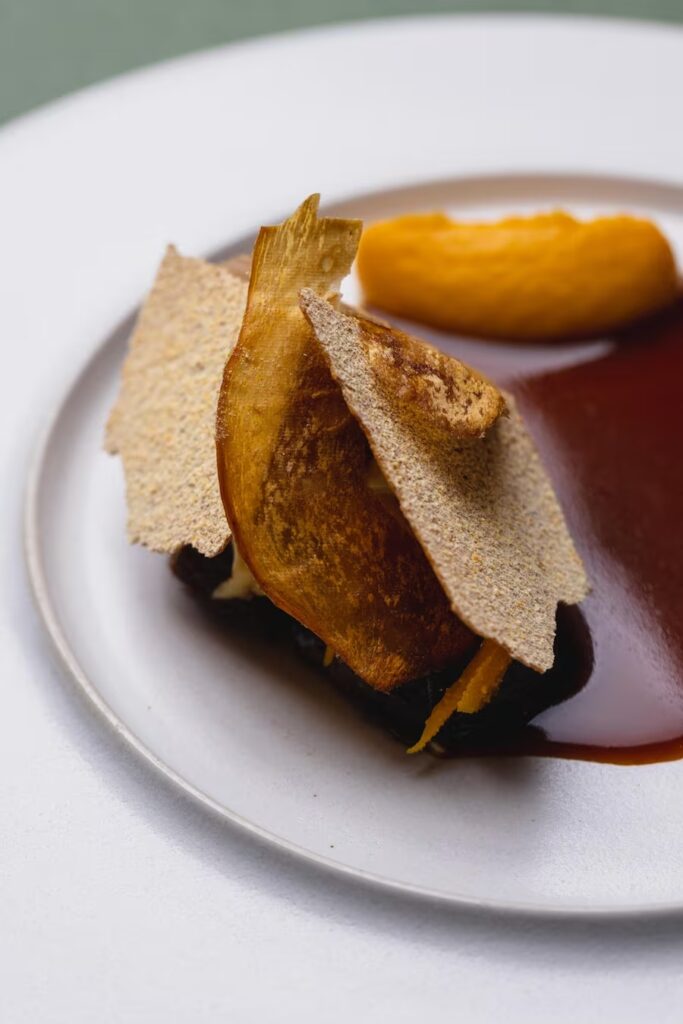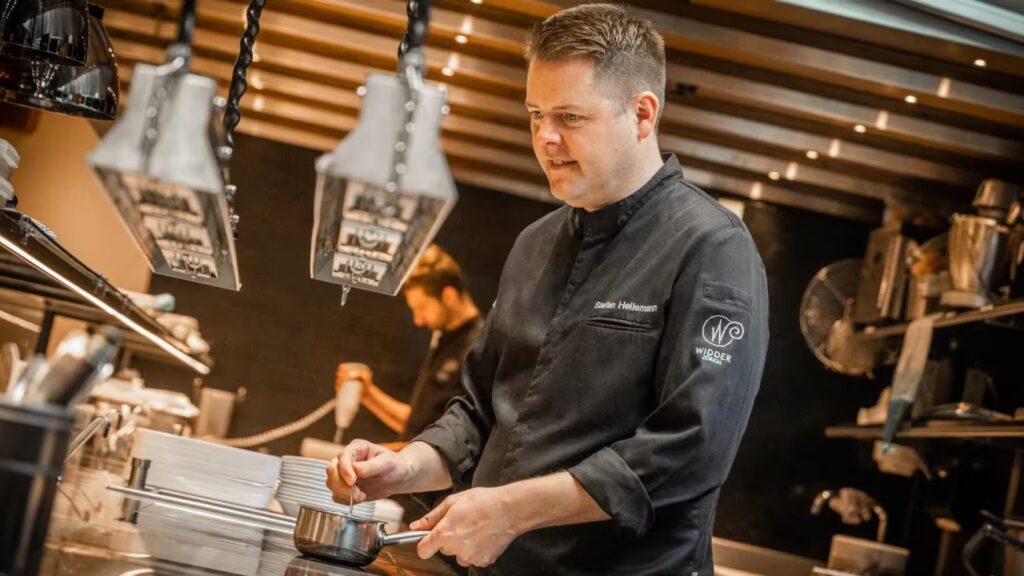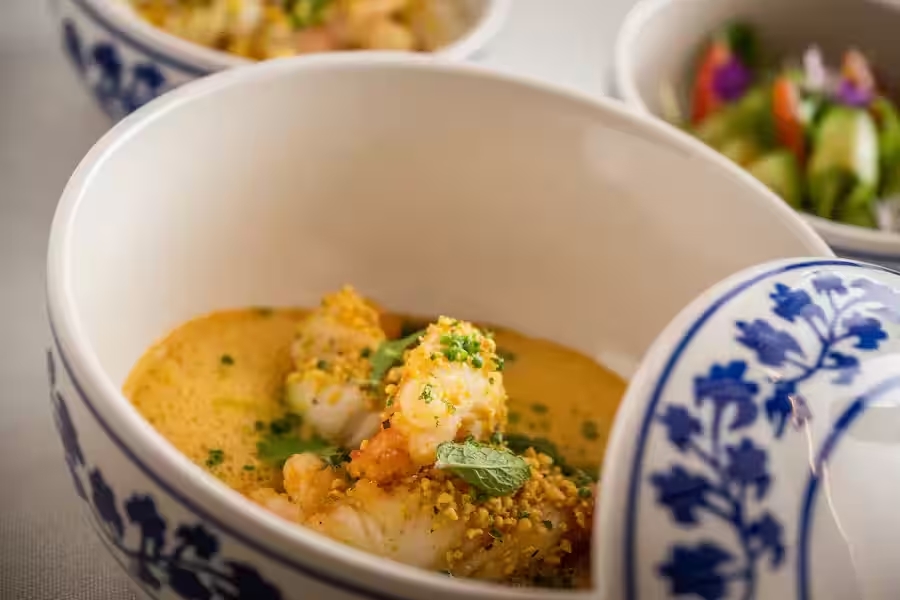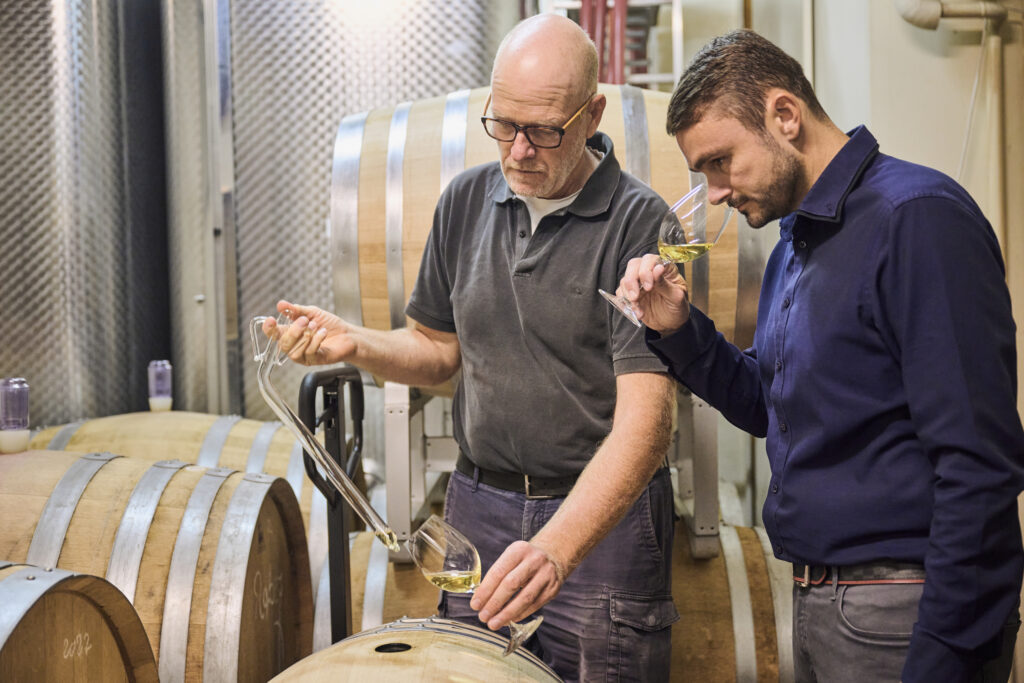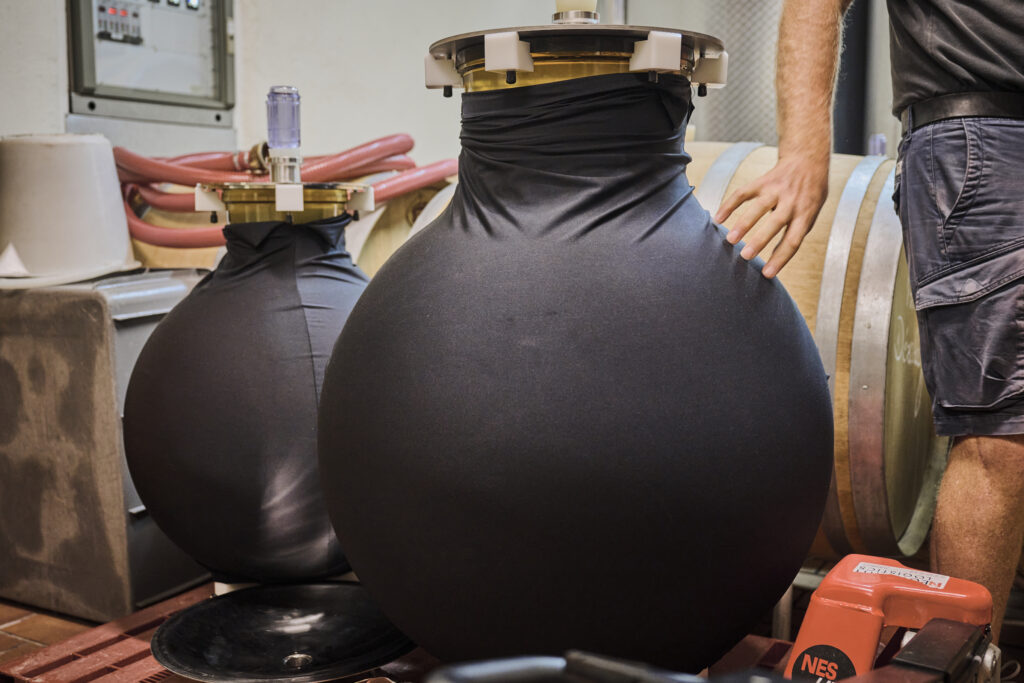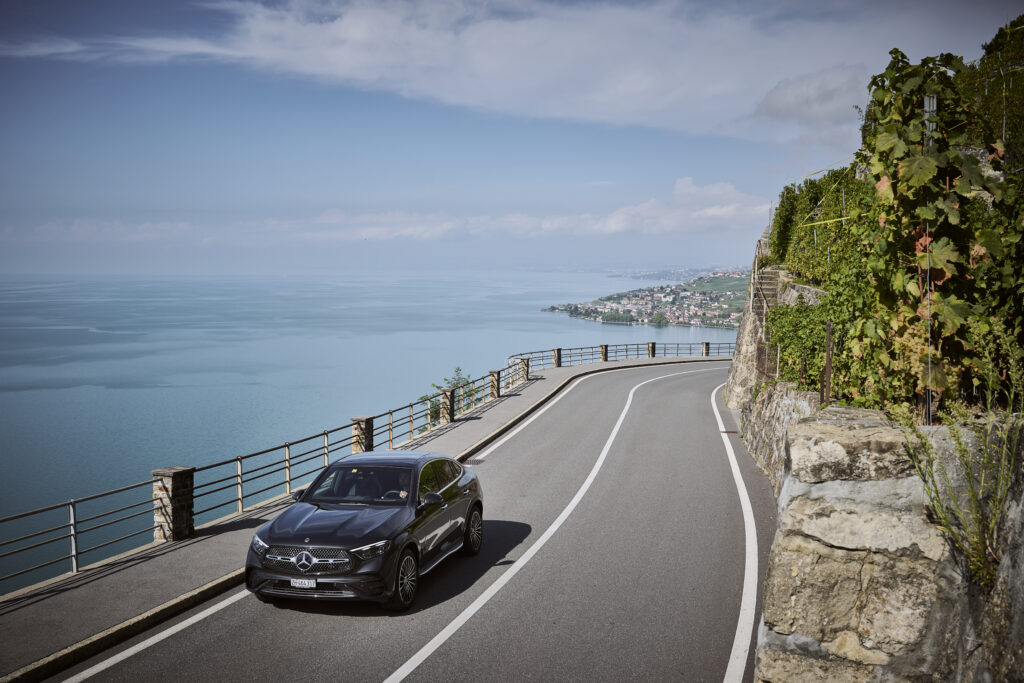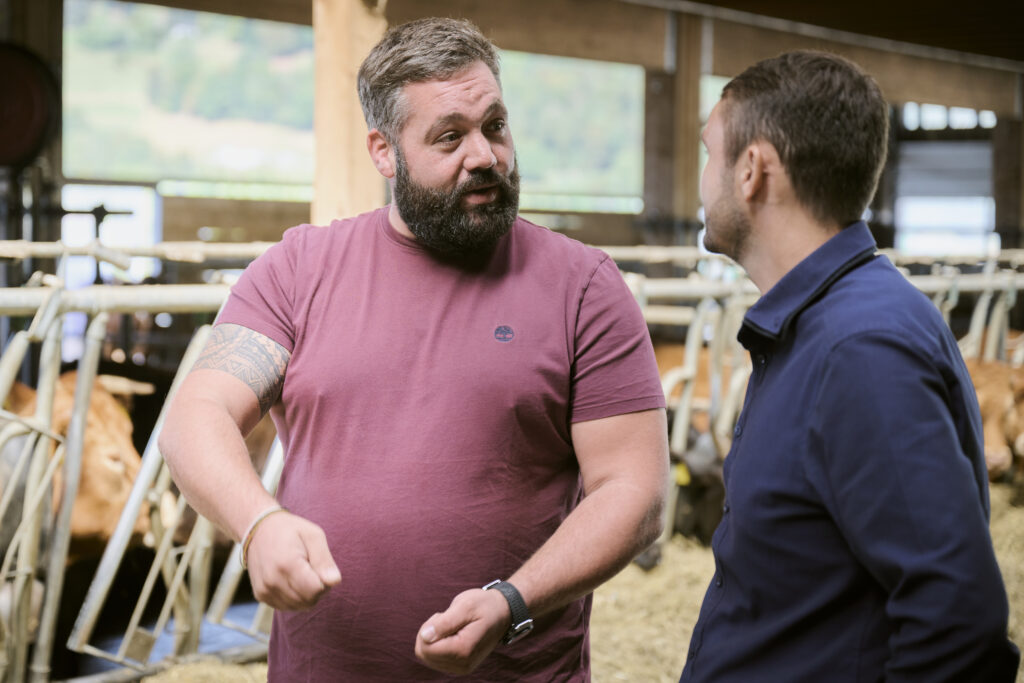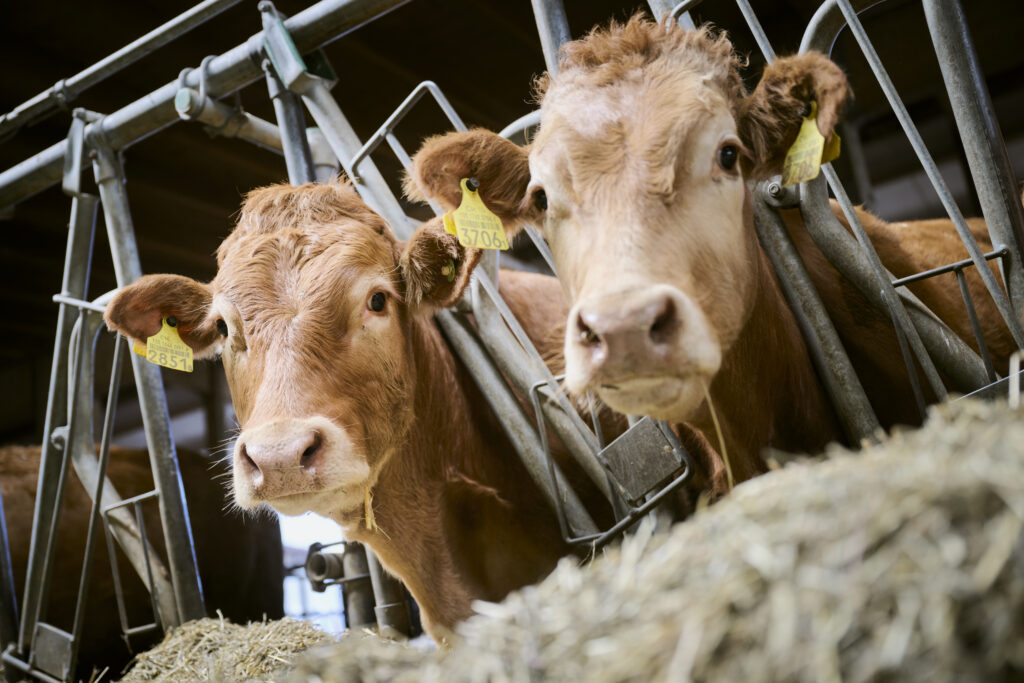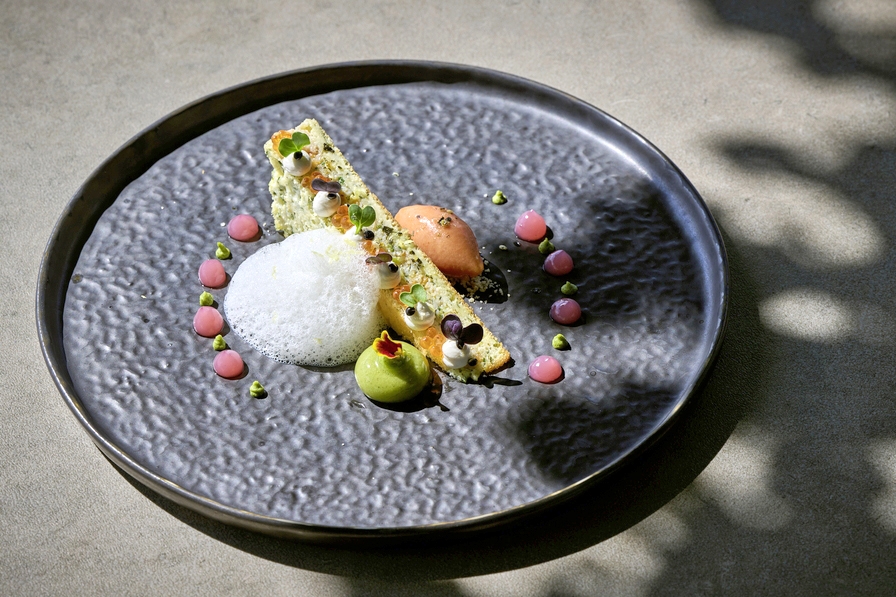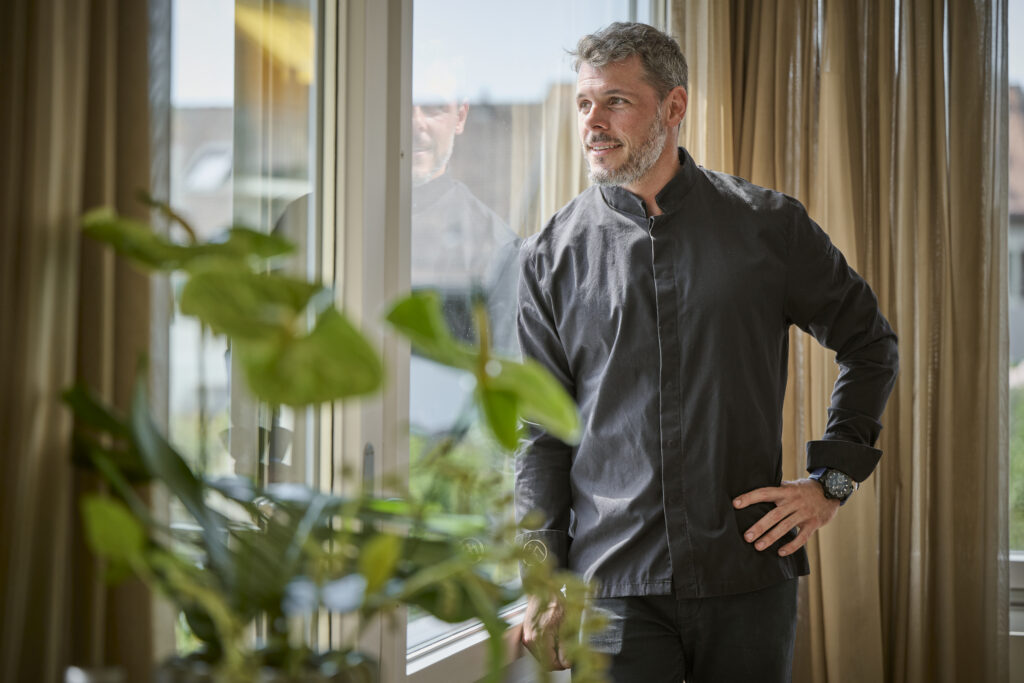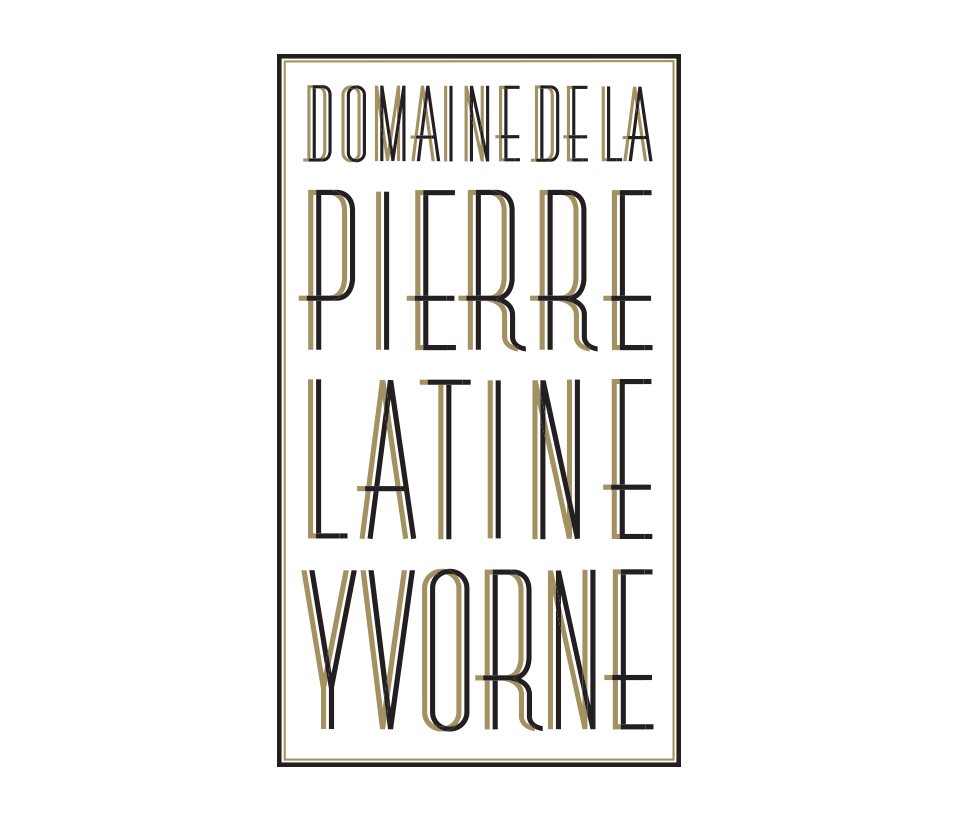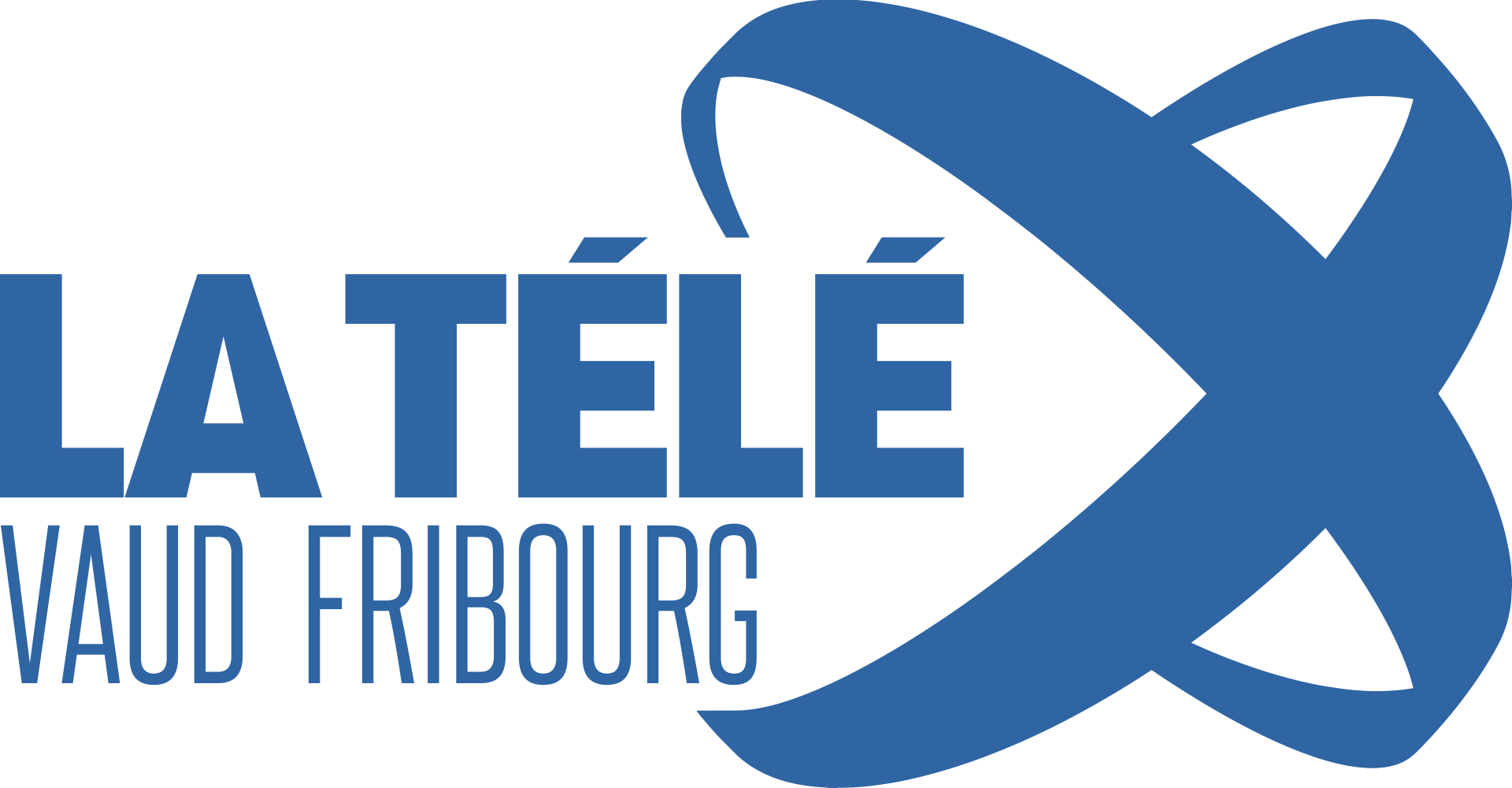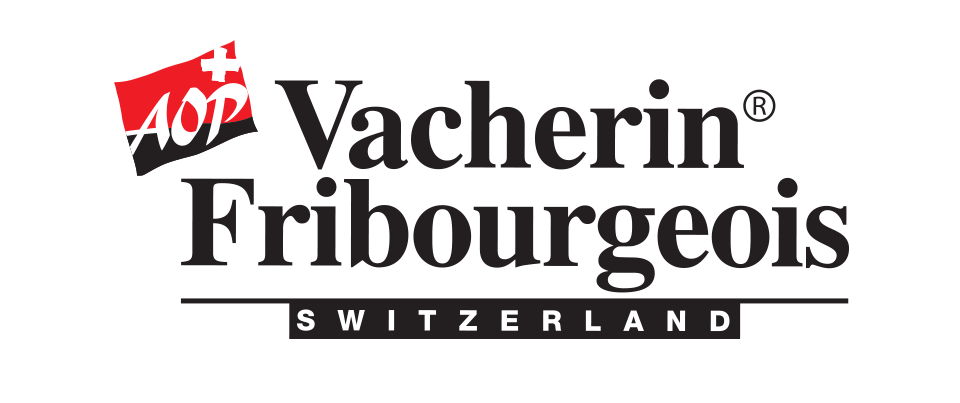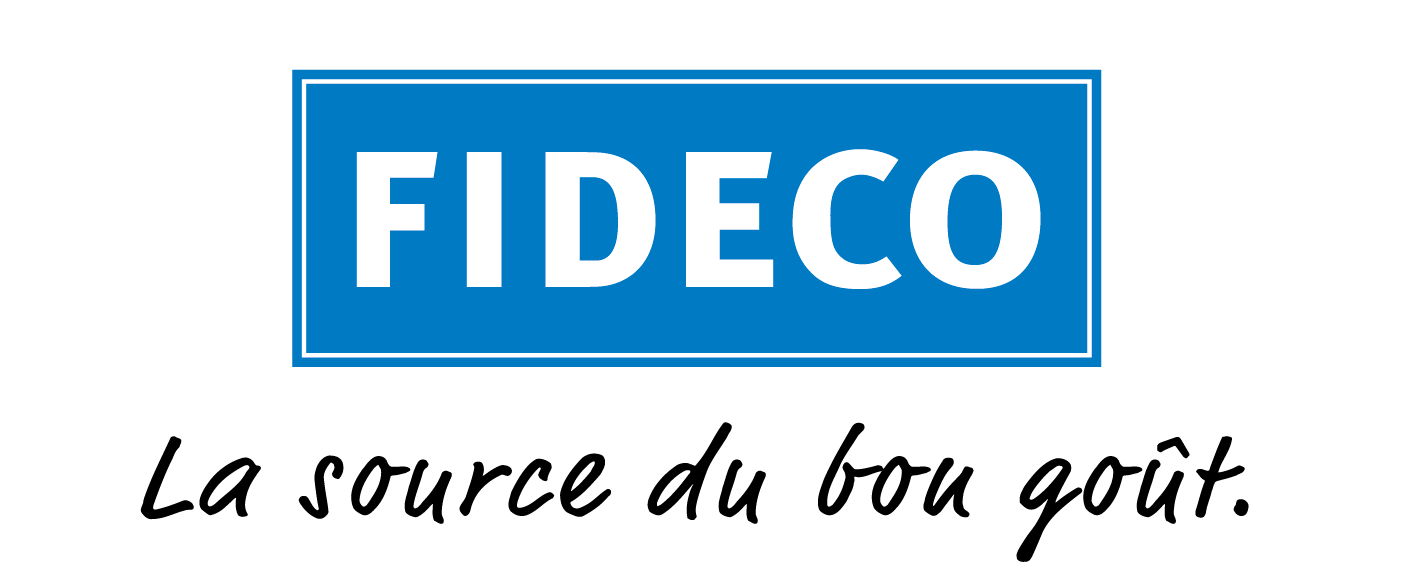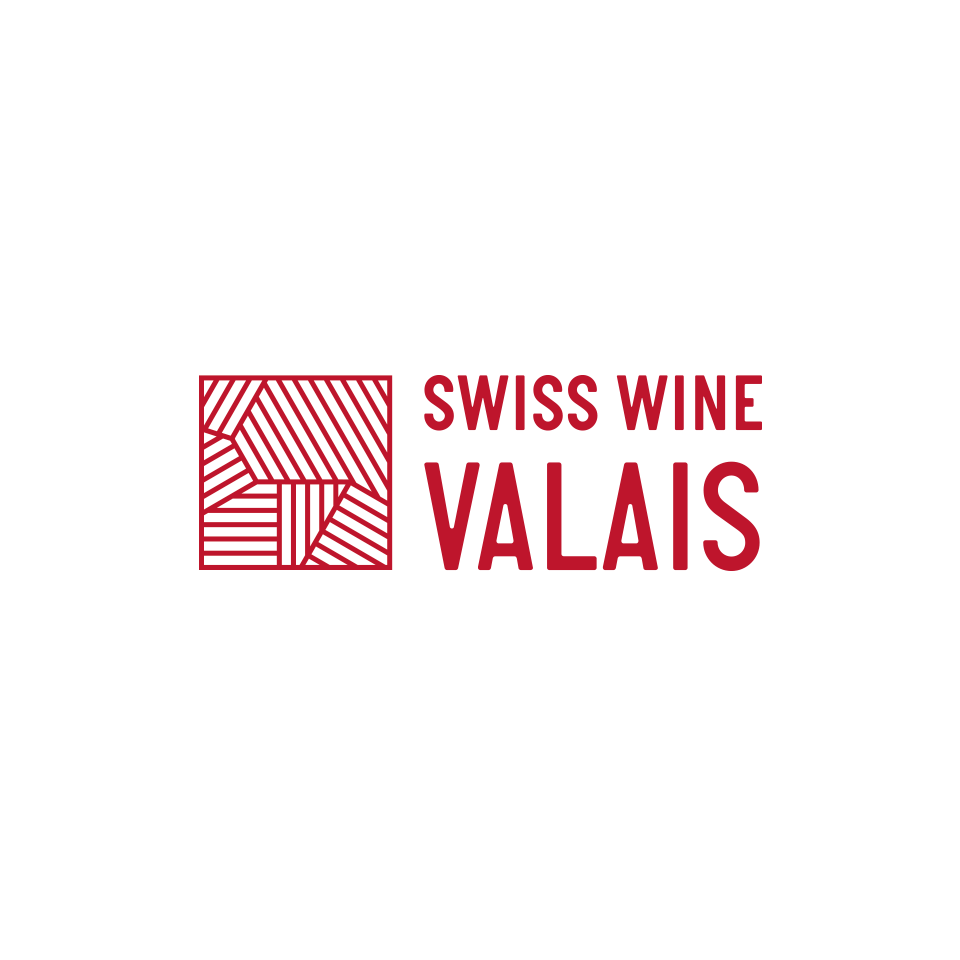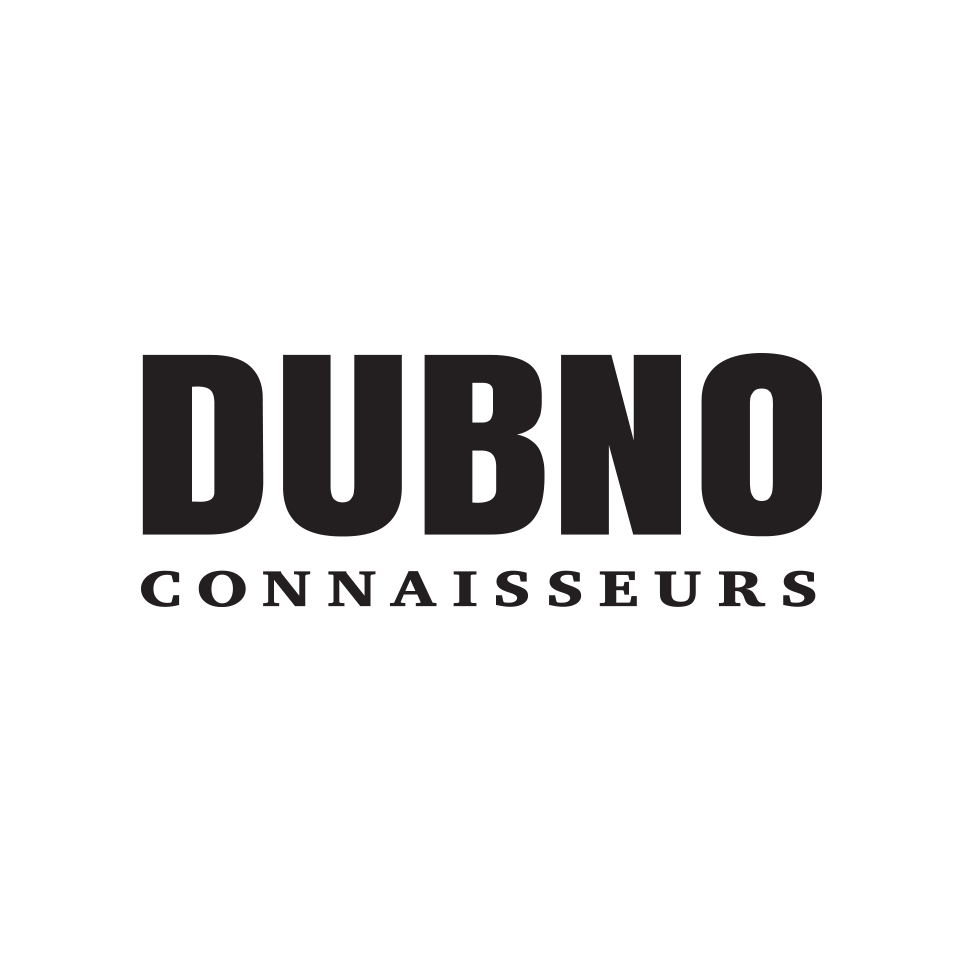“C’est top”, says Benoît Carcenat when he is thrilled. He wowed everyone at the Excellence Gourmet Festival.
THE PREMIÈRE: CARCENAT ON THE RHINE.
A year ago, GaultMillau named him “Chef of the Year” (with 18 points; twelve months later, Michelin also recognized his talent and added a second star). Now came a premiere on the Rhine: Benoît Carcenat (large picture above) from the “Valrose” in Rougemont VD cooked for the first time at the “Excellence Gourmet Festival” on the Rhine. “Welcome to the small Swiss grand hotel on the water, where the crème de la crème of chefs cook”, said presenter Christa Rigozzi, welcoming the star. Large picture above: Carcenat in the “cockpit” of the “Excellence Princess”.
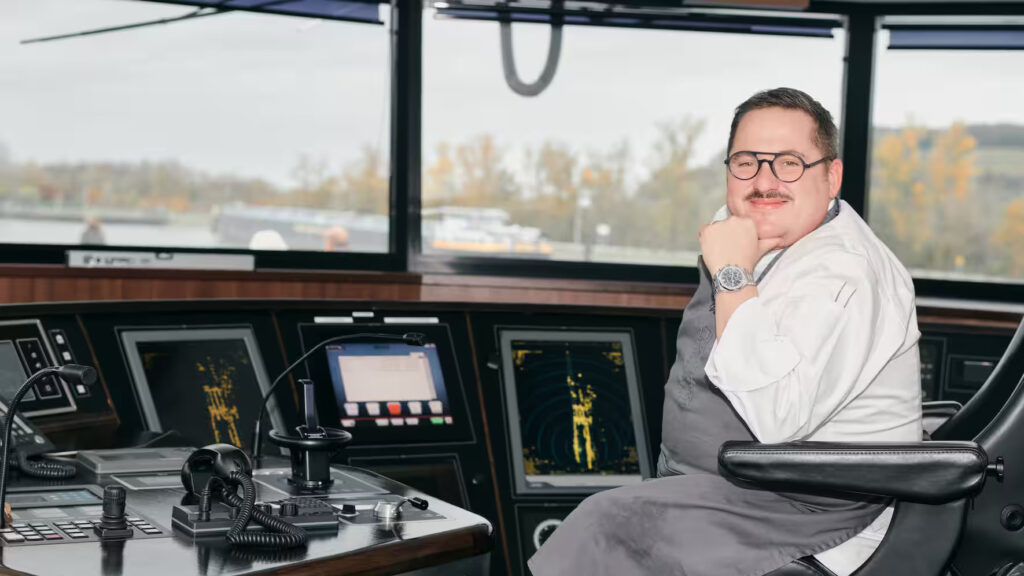
“I HAVE NEVER COOKED FOR SO MANY GUESTS.”
Carcenat and his boys had to get to work: at home in the “Valrose” there are around 30 foodies at the table; 120 expectant guests had arrived for his guest appearance on the “Excellence Princess”. “We’ve never cooked for so many before,” admitted Benoît, “a huge challenge. And under special conditions on a ship”. He was able to tackle the challenge calmly and calmly: “We closed the restaurant on Sunday especially to prepare the menu for this Monday evening”. He had brought his entire crew with him: 17 chefs and service staff! This was also a premiere, this time for Stefan Frei, CEO of Reisebüro Mittelthurgau and inventor of this gourmet festival. “The biggest guest team we’ve ever had here,” said host Stefan Frei, CEO of Reisebüro Mittelthurgau.
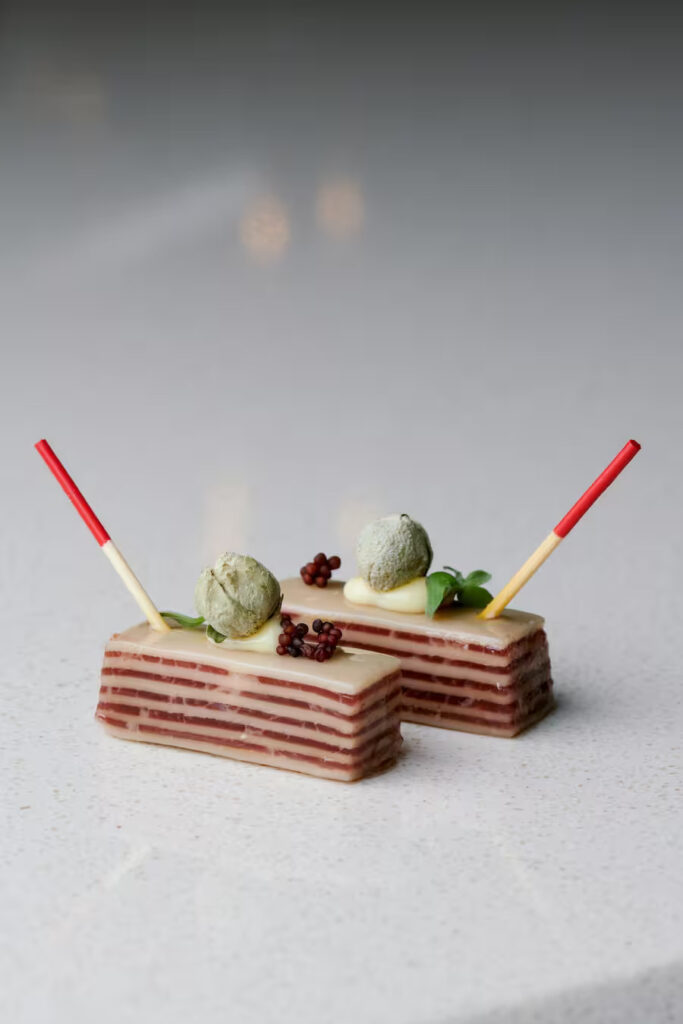
RAINBOW TROUT WITH COFFEE DASHI.
And then they whirled into action in the large ship’s kitchen. Some dishes from the current “Valrose” menu, some signature dishes that should never be missing. And a few surprises especially for the Excellence guests. Even the appetizers served to live music in the salon were a delight: the pain soufflé aux champignons. The layered dried meat with cheese. The hearty bouillon made from vegetable scraps (“We use as much as possible”) according to Benoît Carcenat. The first starter was a real sensation: A variety of Breton crab, picked apart under a crab jelly and as a filling in a baked doughnut, served with a cauliflower mousse with caviar. Followed by a beetroot carpaccio with Etivaz cheese and a heavenly white truffle sauce. Presenter Christa Rigozzi: “I could spoon up a whole bowl of this sauce.” Carcenat had brought the rainbow trout from Neirivue for the next course. He served it with Jerusalem artichoke shavings and a surprising coffee-dashi sauce. “The most difficult course of the evening,” said the chef.
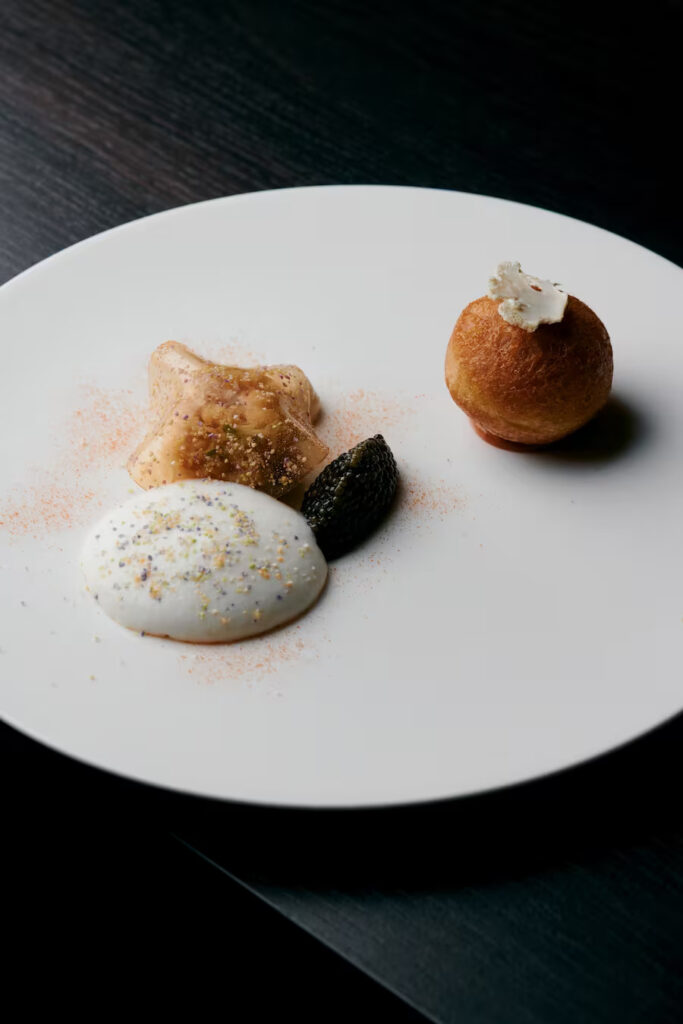
DREAM DESSERT: ALL VANILLA!
Benoît Carcenat is a nature-loving chef who enjoys cooking with the produce of his region, but is also interested in spices and techniques from around the world. His main course was the best example of the marriage of both talents. He served venison that had been shot in the forests around Rougemont on a medallion of pumpkin, refined with a sauce of mild coconut milk and hot harissa spice. The desserts of his pâtissier Josselin Jacquet were also excellent, as he demonstrated his talent twice: first with a variation of plum with a delicate ice cream made from madeleines, or “melting rolls”, followed by his signature dessert La Vanille à la Vanille, which guests in Rougemont always order and which also delighted connoisseurs on the Rhine: crème, sorbet, jelly, oil and meringue with vanilla.
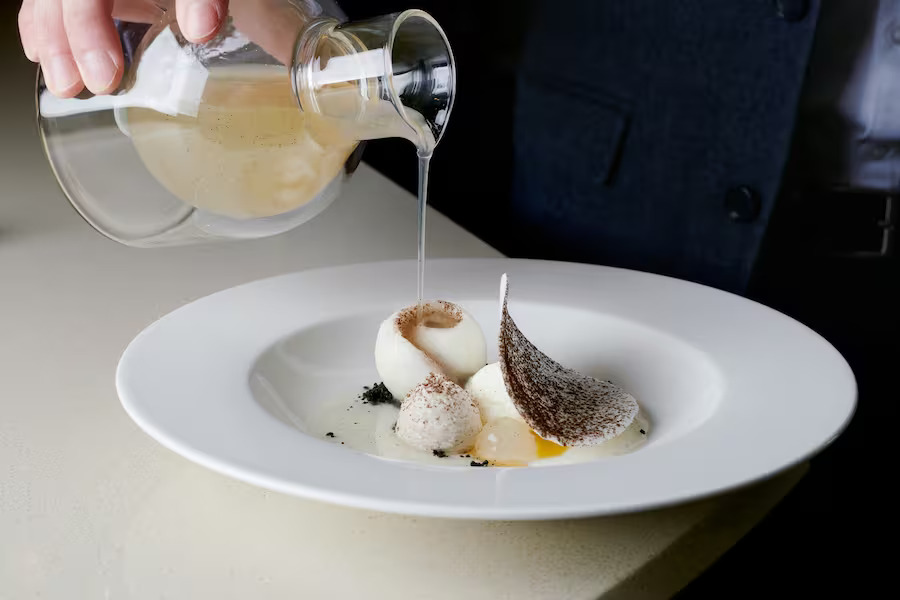
TOUR DE SUISSE OF WINE.
Of course, sommelier Mathieu Quetglas also traveled with the “Valrose” team. With great knowledge and a fine nose, he selected the right wine for each course. His wine pairing was a grandiose tour de Suisse, from Räuschling from Uhwiesen near the Rhine Falls to a fresh Viognier Pellegrin from Geneva to Merlot Tinello from Barbara Kopp of Crone Visini and a straightforward, restrained Malvoisie flétrie from Sandrine Caloz from Valais, which went perfectly with the vanilla dessert fireworks. “We’ve never had this on our gourmet ships before: a sommelier serving exclusively Swiss wines,” praised Stephan Frei, the festival’s inventor. Benoît Carcenat, the star of the evening, received the thunderous applause from the guests with a beaming smile and thanked the organizers: “The organization on board is perfect.”
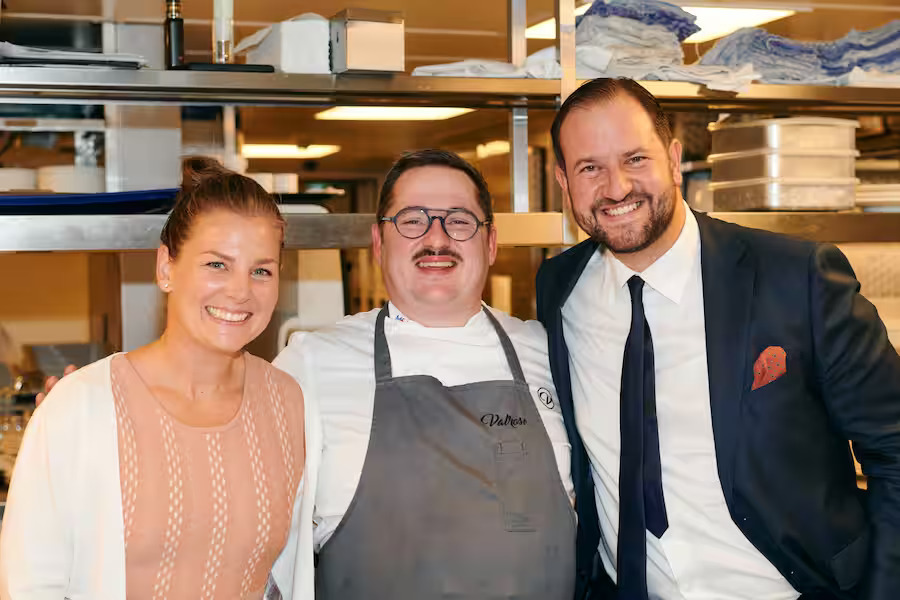
Text: Elsbeth Hobmeier I Photos: Fabian Häfeli

